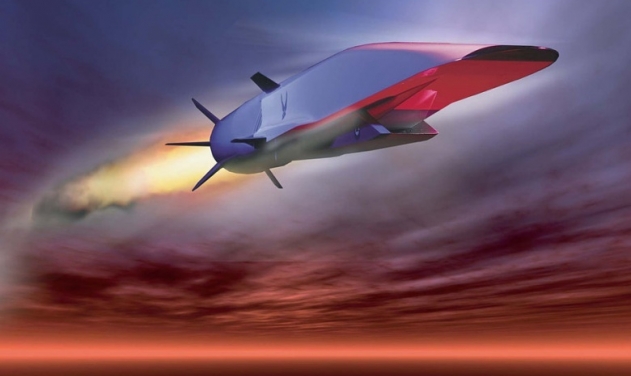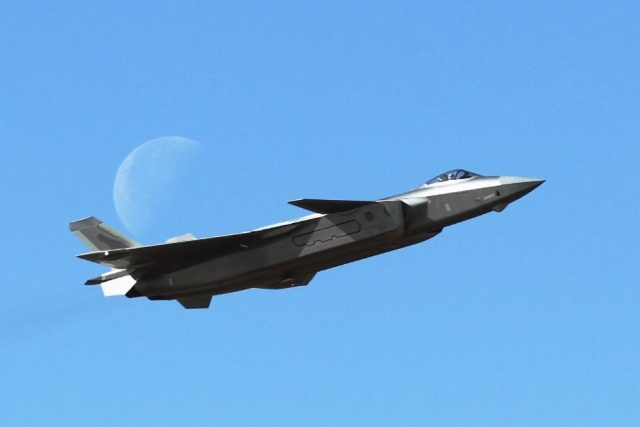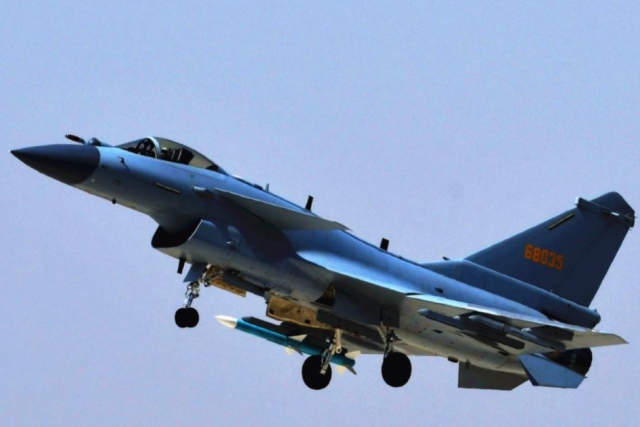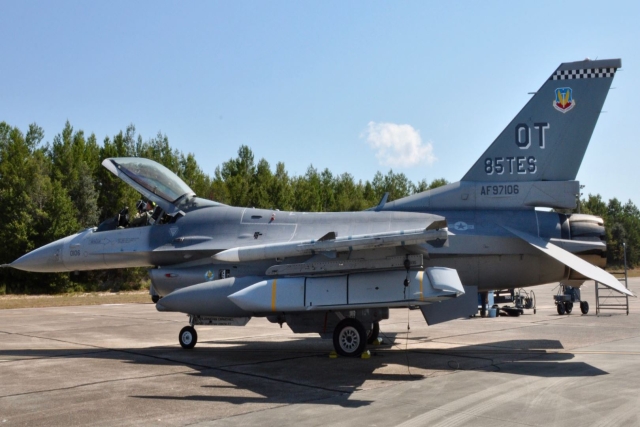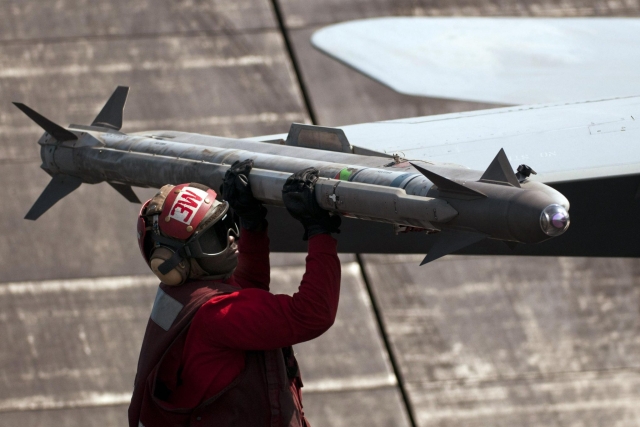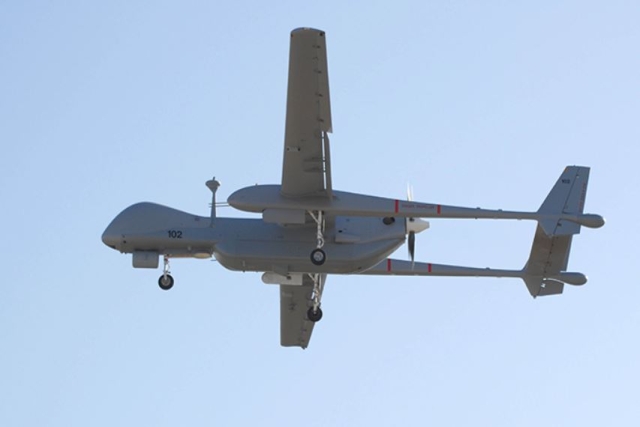China Tests Engine for Hypersonic Aircraft
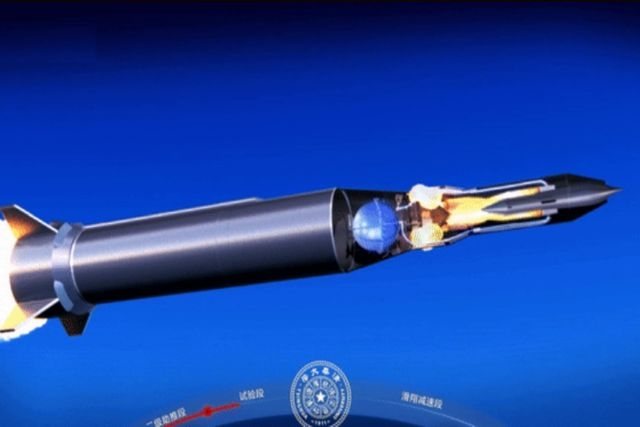
China conducted a test flight for a new rocket engine that could power China's future hypersonic aircraft and near-space plane.
Developed by the Laboratory of Spray Combustion and Propulsion under School of Aerospace Engineering at Tsinghua University, successfully conducted a flight test on Monday morning, Global Times reported quoting a China Central Television (CCTV) report.
The engine was launched by a two-stage rocket booster. After the separation of the first stage, the second stage sent the engine to the predetermined height and velocity.
The air inlet of the engine began to breathe in air very efficiently, and the fuel supply system began to spray vaporized jet fuel into the combustion chamber.
Then the ignition system started properly, the combustion chamber entered combustion status as planned, the engine worked in a stable manner and provided constant thrust, marking the complete success of the test flight, CCTV reported.
A computer-generated video shows that the second stage rocket booster did not separate from the engine, and it opened a parachute to land in a desert area, so it could be recovered.
This achievement will further enrich China's aerospace capabilities, and has strategic significance in new-type propulsion, the report said.
Huang Zhicheng, a senior expert on aerospace science and technology, told the Global Times on Monday that the experiment is about the engine's hypersonic flight. Judging from the descriptions on how the engine worked, it is likely a scramjet engine, which is one of the key technologies to achieve hypersonic flight, experts said.
Li Xiaoguang, an expert on intelligent unmanned systems at Qingdao University, told the Global Times that the CCTV report did not reveal the specifics of the engine, but it seems to be no more than one meter long according to the report, so its thrust would not be very high.
"If it is a scaled model test which aims to verify the theory, it means that there is still some way to go before the technology matures and becomes a real product," Li said. When the technology becomes mature, it could see applications on hypersonic aircraft and near-space plane.

